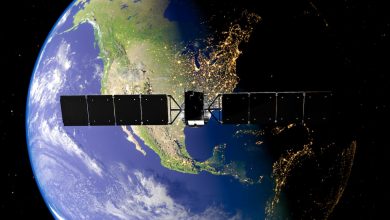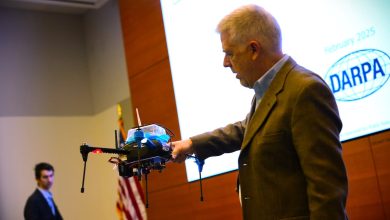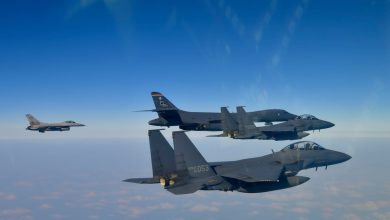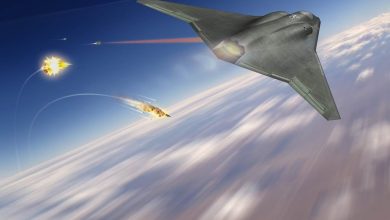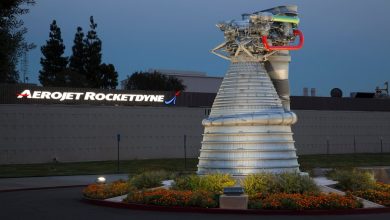KNDS, Rheinmetall, Thales move ahead on next-generation tank project
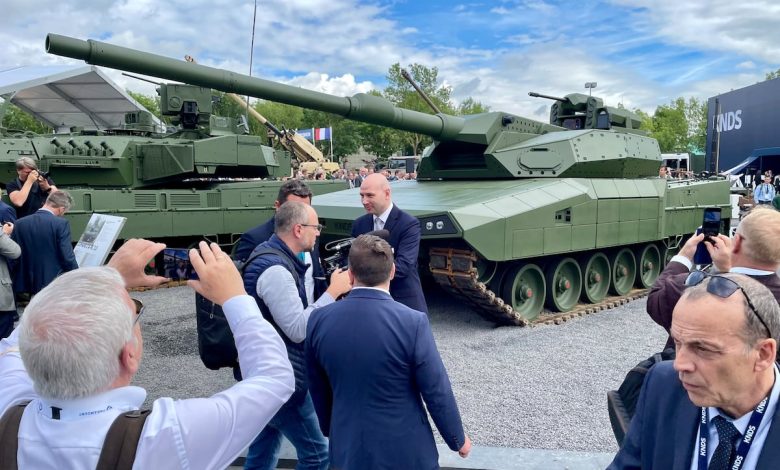
PARIS — Armored-vehicle makers KNDS and Rheinmetall and defense-electronics firm Thales signed the shareholder agreement for the project company that will develop a future main battle tank for Germany and France, moving a step closer to starting actual work on a program held up for years by wrangling between various partners.
KNDS Deutschland, KNDS France, Rheinmetall and Thales will each hold 25% in the new company, which will be based in Cologne, Germany, with the accord signed in Paris on Jan. 23 deemed essential in creating the joint firm, the companies said in statements. The firms announced their plan to set up the joint entity nearly nine months ago.
On a country level, the work share between France and Germany will be split 50/50. The balance between the various partners “was a little complicated” to set up, Emmanuel Chiva, the head of French armament agency DGA said in May.
The future tank, known as the Main Ground Combat System, is meant to replace the Leopard 2 and Leclerc tanks in service with the German and French armed forces, respectively. With the timetable to field the MGCS at risk of slipping, KNDS and Rheinmetall have been proposing competing tank concepts and upgrades as a stop-gap measure for operators of aging tanks.
“MGCS is the combination of the unique know-how of France and Germany in the field of battle tanks,” KNDS France CEO Nicolas Chamussy said in a post on X, calling the effort a “structuring program for Europe’s autonomous capacity in the area of land-combat systems.”
While the companies said the MGCS program aims to replace the Leopard 2 and Leclerc tanks by 2040, a statement by the French Armed Forces Ministry said the future tank will replace France’s Leclerc by 2035.
KNDS sees a market for hundreds of main battle tanks during the next 10 to 15 years – starting well before the envisioned arrival of the future tank. The company presented upgrades of the Leopard 2 and the Leclerc Evolution at the Eurosatory defense show in Paris last year. Rheinmetall showcased a version of its KF51 tank with an uncrewed turret at the show, as the company’s head of vehicle systems in Europe said the MGCS was taking longer than planned.
Meanwhile, the threats to heavy armor on the battlefield are evolving, with drones having become major tank killers in Ukraine. Rheinmetall in September unveiled an upgraded version of the U.K.’s Challenger battle tank, with a 120 mm smoothbore cannon and upgraded armor, which the company says is a step up in survivability.
While KNDS Deutschland continues to produce the Leopard 2, with orders in recent years or plans to buy from countries including Sweden, Lithuania, Czechia and the Netherlands, KNDS France produced its last Leclerc in 2008, though the company has been working on upgrading existing tanks for the French Army.
As for Rheinmetall, the German company opened a new tank factory in Hungary in 2023, plans to start producing new tanks in Italy together with Leonardo, and has proposed setting up a plant in Ukraine to manufacture as many as 400 KF51 tanks a year.
The MGCS project company will be the prime contractor for the next phase of the future tank program, after negotiating a contract with the German federal office for Bundeswehr equipment, the companies said. In particular, the joint company will “consolidate the concept” and the main technological pillars of the system.
The work on MGCS has been divided into eight pillars, and the project company will subcontract work on the pillars to various companies. The program will include a heavy tank alongside unmanned armored vehicles, and be equipped with innovative weapons.
While countries including Italy and the Netherlands have expressed interest in the program, MGCS is French-German only for now. KNDS has said the integration of new companies into the project company will only be considered when the program is opened up to other nations.
Rudy Ruitenberg is a Europe correspondent for Defense News. He started his career at Bloomberg News and has experience reporting on technology, commodity markets and politics.
Read the full article here


